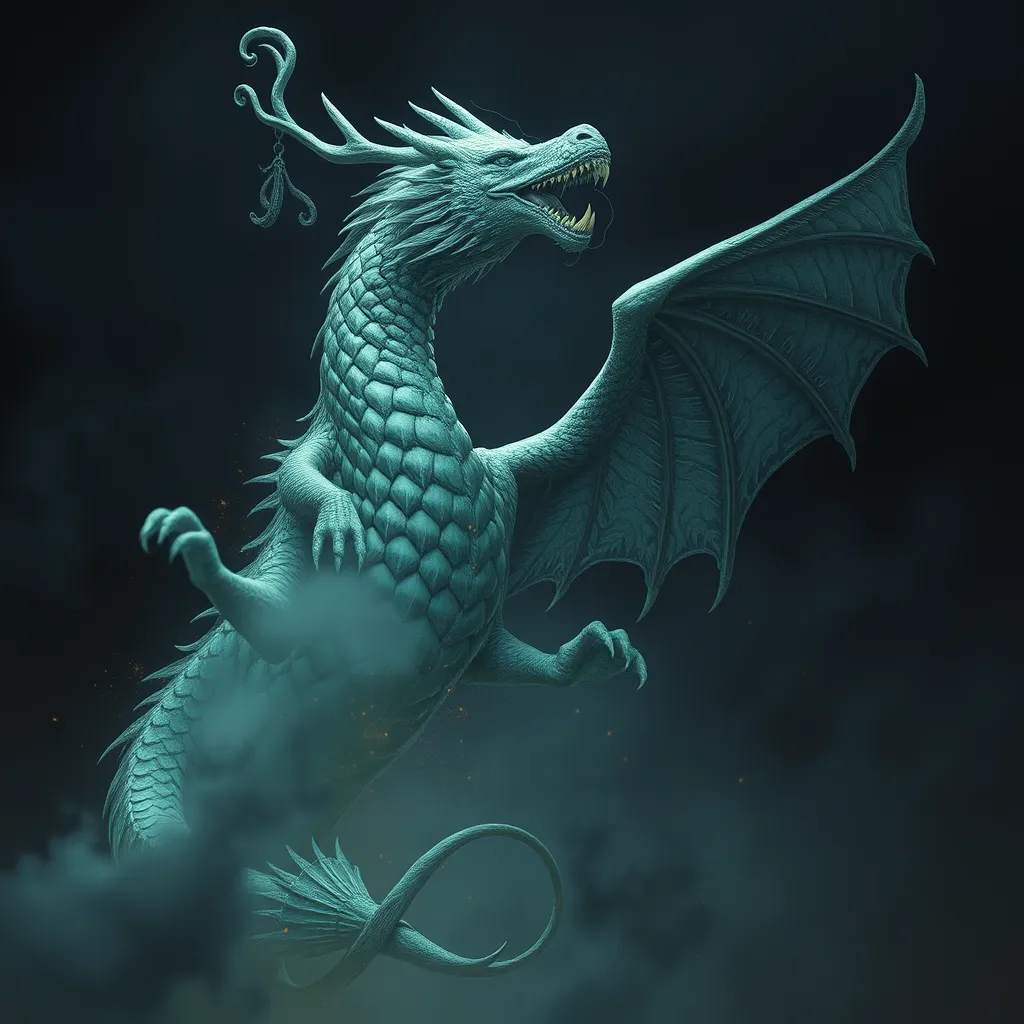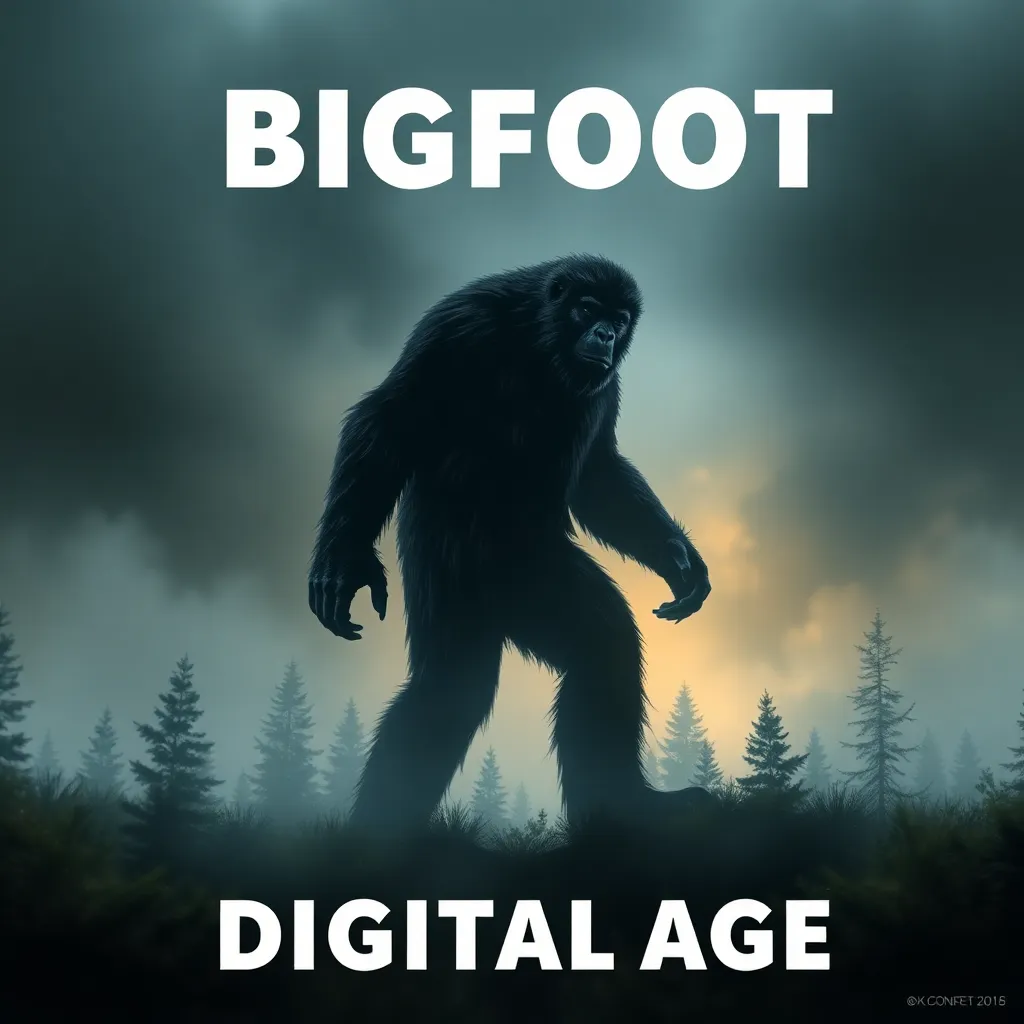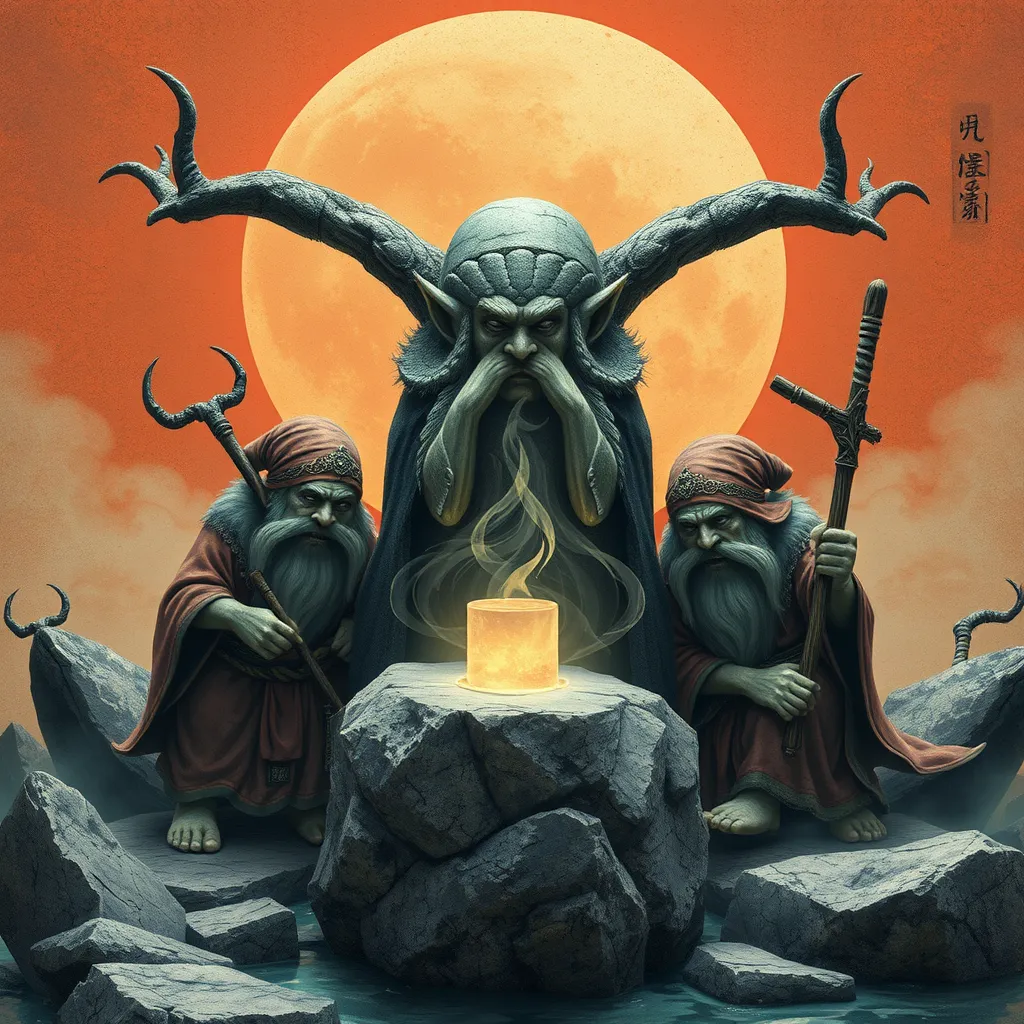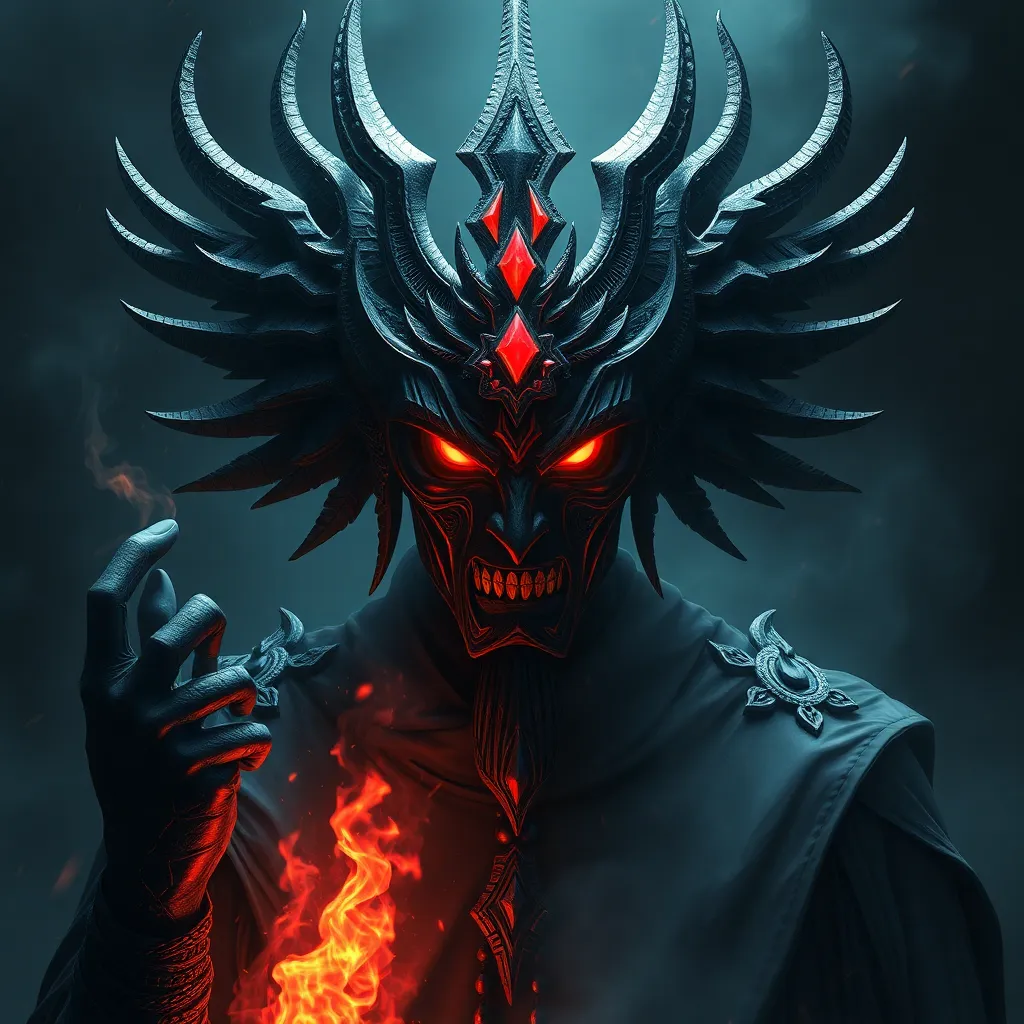The Dragon’s Curse: Analyzing the Negative Aspects of Dragon Lore in Myth and Legend
I. Introduction
Dragon lore has captivated humans across cultures for centuries, serving as a rich tapestry woven into the fabric of mythology and folklore. From the fiery beasts of European tales to the wise serpents of Eastern legends, dragons embody a dual nature that oscillates between benevolence and malevolence. While many narratives portray dragons as noble guardians or wise mentors, this article seeks to focus specifically on the darker aspects of dragon myths, exploring their roles as symbols of destruction, fear, and societal reflection.
II. Historical Context of Dragon Myths
The origins of dragon tales can be traced back to ancient civilizations, where these mythical creatures were often depicted in art and literature. In Mesopotamia, for example, the dragon Tiamat was a primordial goddess associated with chaos and creation, while in ancient China, dragons were revered as symbols of power and strength. Over time, the symbolism of dragons evolved, reflecting the changing fears and values of society.
Throughout history, dragons have been influenced by cultural fears, societal norms, and historical events. For instance:
- In medieval Europe, dragons became synonymous with evil and chaos, embodying the fears of the unknown and the threat of invasion.
- In contrast, in many Asian cultures, dragons were often worshipped as benevolent beings, representing prosperity and good fortune.
III. Dragons as Symbols of Destruction
In various folklore, dragons are frequently depicted as harbingers of chaos and ruin. They are often seen as antagonists in epic battles, where heroes confront these formidable beasts to restore order. Some notable examples include:
- The dragon in the Norse myth of Sigurd, who must be slain to reclaim a treasure.
- The Biblical Leviathan, representing chaos and destruction that God must confront.
Dragons also play a significant role in natural disasters and societal collapse, often serving as metaphors for uncontrollable forces. For instance, in many cultures, the awakening of a dragon is seen as an omen of impending disaster, symbolizing the fragility of human civilization in the face of nature’s wrath.
IV. The Psychological Impact of Dragon Lore
The lore surrounding dragons has a profound psychological impact, instilling fear and anxiety in those who encounter these myths. Dragons often embody fundamental human fears, such as:
- The fear of the unknown
- The fear of death and destruction
- The fear of losing control
These fears manifest in the cultural psyche, influencing behaviors and attitudes. The stories of dragons can serve both as cautionary tales and as reflections of societal anxieties, reinforcing the notion that dangers lurk beyond the familiar.
V. Gendered Perspectives: The Female Dragon Archetype
While many dragons in mythology are male, female dragons also hold significant roles, often embodying seduction and danger. Notable examples include:
- Medusa, who is sometimes portrayed as a dragon-like figure, representing both beauty and deadly power.
- Lamia, a female figure in Greek mythology, who transforms into a serpent and preys on children.
The association of female dragons with danger often reinforces negative gender stereotypes, portraying women as temptresses who bring ruin. This underscores broader societal views of women, where danger and seduction are intertwined.
VI. The Consequences of Dragon Slaying
Dragon-slaying legends raise moral implications about the nature of heroism and violence. The act of slaying a dragon is often depicted as a rite of passage for heroes, but this journey is underpinned by brutality. The consequences of these tales include:
- Glorification of violence as a means to achieve glory and status.
- Normalization of the idea that some beings are worthy of destruction based on their nature.
This can lead to a societal desensitization towards violence and an acceptance of the hero’s journey as one that often involves the annihilation of the ‘other,’ reflecting deeper values about power and domination.
VII. Modern Interpretations and Misconceptions
In contemporary media, dragons have been reinterpreted in various ways, often leading to misconceptions. While some modern depictions romanticize dragons, portraying them as misunderstood creatures, others reinforce negative stereotypes. Key points of discussion include:
- Movies and literature often depict dragons as either fearsome villains or tragic heroes, blurring the line between good and evil.
- Romanticized narratives can overshadow the original, darker implications of dragon lore, leading to a sanitized view of these creatures.
These modern interpretations can perpetuate negative stereotypes, often neglecting the underlying themes of destruction and chaos that have historically been associated with dragons.
VIII. Conclusion
In summary, the negative aspects of dragon lore reveal a complex interplay of cultural fears, societal values, and psychological impacts. While dragons can be seen as symbols of power and wisdom, their roles as harbingers of destruction and chaos cannot be overlooked. As we reflect on the enduring legacy of dragon myths, it is crucial to reevaluate these narratives in contemporary contexts, recognizing their implications on our understanding of fear, violence, and gender. Through this reevaluation, we can gain deeper insights into not only the myths themselves but also the societal constructs they reflect.



